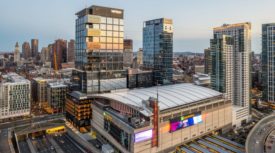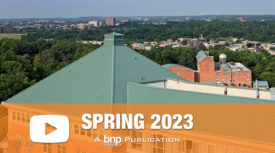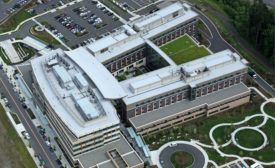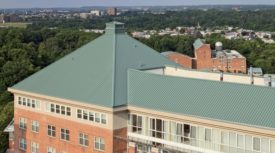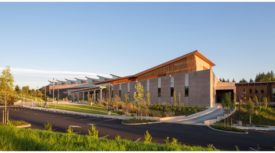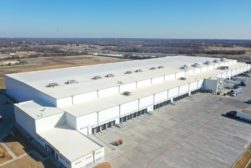Building Envelope
Sponsored by GAF | Siplast
CEU: More Than Just a Roof
Improving Energy Efficiency and Performance at the Roof for Schools and Hospitals
May 1, 2023
Sponsored by GAF
CEU: High-Performance Cold Storage Roof Design
Bundle Up, It’s Cold Inside!
March 1, 2023
Enhance your expertise with unparalleled insights.
Join thousands of building professionals today. Shouldn’t you know what they know?
SUBSCRIBE TODAY!Copyright ©2024. All Rights Reserved BNP Media.
Design, CMS, Hosting & Web Development :: ePublishing
